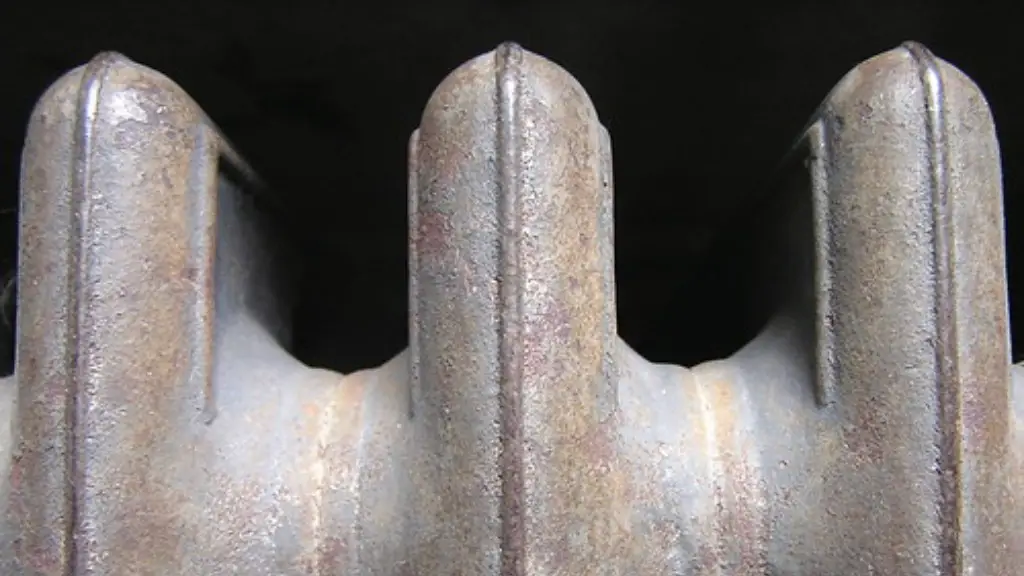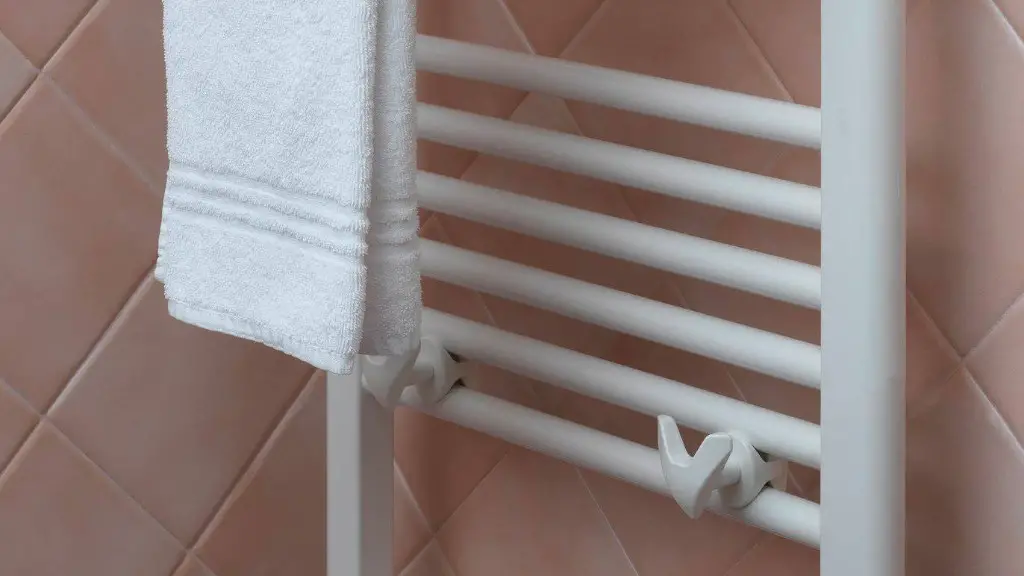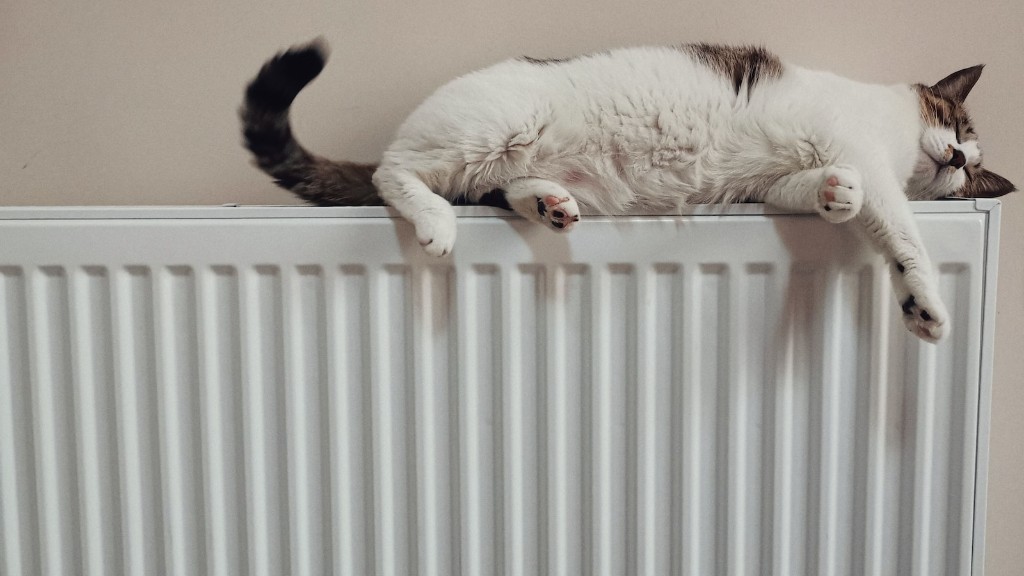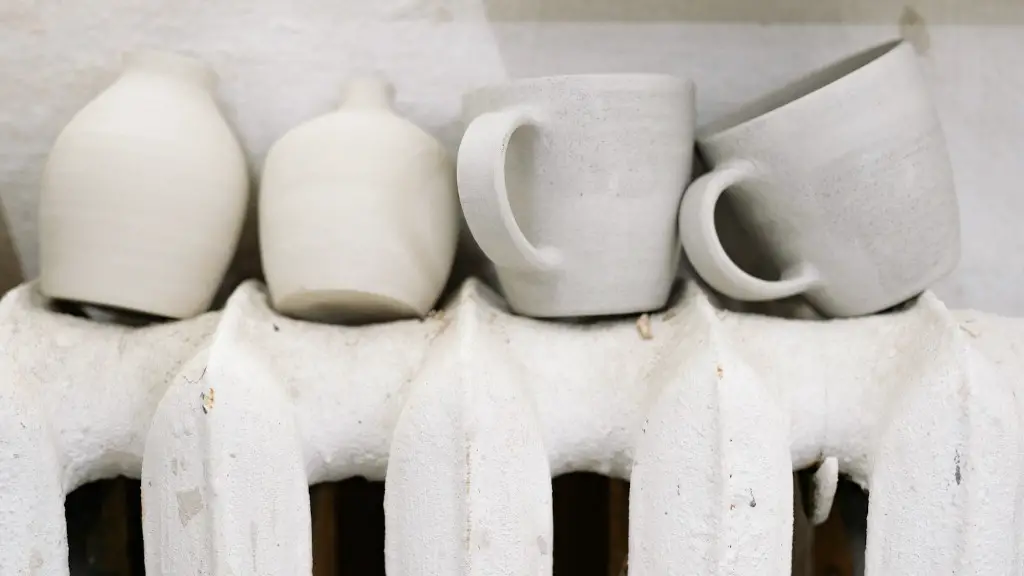Overheating is a major problem for car owners, and a radiator flush is one way to try to fix the problem. A radiator flush is a process of flushing out the old coolant in your radiator and replacing it with new coolant. This can help to improve the efficiency of your radiator and may help to resolve the issue of overheating.
A radiator flush will not automatically fix overheating, but it is a good preventative measure. Overheating can be caused by many things, such as a build-up of deposits on the radiator and low coolant levels. A radiator flush will remove these deposits and help clear the cooling system.
Can a dirty radiator cause overheating?
If your engine is overheating, it is important to check the radiator to make sure it is not clogged. The engine’s working temperature should be around 200 degrees Fahrenheit, and when it reaches above this temperature, the coolants will no longer be able to absorb the heat properly, leading to an overheated engine.
If you notice any of the above signs, it may be time to get a radiator fluid flush. This is a service in which the radiator fluid is drained and replaced with fresh fluid. This can help to improve the performance of your car and prevent engine overheating.
What does a radiator flush fix
Flushing your radiator helps to remove scale deposits and rust that can build up over time. These deposits can lead to overheating and damage to your radiator, so removing them is critical to keep your vehicle running well.
1. Immediately turn off the air conditioner.
2. Turn up the heat.
3. Find a safe place to pull over and shut off the engine.
4. Allow the engine to cool for at least 15 minutes.
5. Take out your phone.
6. Add radiator fluid (if you have it).
Why is my car overheating but the coolant is full?
There are a few reasons why your coolant could be overheating. One reason could be an airflow issue. Another reason could be that the coolant is old and needs replacing. Additionally, coolant can overheat if it is not being effectively pushed through the cooling system. If you’re not sure what the cause is, it’s best to take your car to a mechanic to have it checked out.
If your car is overheating, it’s important to take action quickly to avoid damaging the engine. The most common cause of overheating is a problem with the cooling system, which is responsible for circulating coolant and removing heat from the engine. A cooling system leak, faulty radiator fan, broken water pump, or clogged coolant hose can all cause the engine to overheat. If your car is overheating, be sure to check the cooling system and have any necessary repairs made as soon as possible.
Will a radiator flush unclog a radiator?
To flush your radiator and engine block, you will need to first drain the coolant from your radiator by opening the drain valve on the bottom of your radiator. Next, drain the coolant from your engine block by opening the block drain also. Add the purchased radiator flush to the radiator and let the car run. Drain like the old coolant, and suddenly your car is clean and fresh.
A coolant flush is another name for radiator flush, a procedure to clean your vehicle’s cooling system of sediment and rust The coolant keeps your engine from overheating while running, and from freezing in cold weather when it’s not running.
How much should a radiator flush cost
A coolant flush is a service that is performed on a vehicle’s cooling system. This service is important because it helps to remove any contaminants that may be present in the coolant, and it also helps to replenish the coolant with fresh fluid. The cost of a coolant flush depends on your vehicle’s coolant capacity, and whether or not you are flushing the system with chemicals or soap before refilling it. Typically, you can expect to pay between $100 and $150 for this service on most vehicles.
A coolant flush is a process in which a mechanic removes the old coolant from your engine and replaces it with fresh antifreeze. This process is important for the health and protection of your vehicle, as it helps to improve engine cooling and performance. You will likely notice an immediate boost in engine cooling and performance following this service.
How long does radiator flush last?
A coolant flush is a process of draining the existing coolant from your car, and then refilling it with new coolant. This is important because over time, the coolant can become contaminated with rust, scale, and other buildups that can clog your car’s cooling system and cause engine problems.
A coolant flush is a process of draining all the old fluid from the radiator and replacing it with new coolant. This process is important in order to keep the engine running properly and avoid any overheating issues. It typically takes around one hour to complete a coolant flush.
What are 3 simple things to check if your car is overheating
If your engine is overheating, there are a few things you can check:
-Coolant Levels: Check the levels of coolant in your reservoir and engine. If they are low, this could be the cause of the overheating.
-Leaking Hoses or Reservoir: Finding a puddle of coolant or water isn’t a good thing, as this indicates a leak. This could be the cause of the overheating.
-Stuck or Malfunctioning Thermostat: A Thermostat that is stuck open or not functioning properly can cause the engine to overheat.
-Low Oil: Low oil levels can cause the engine to overheat.
Overheating engines is a common issue that can be caused by a variety of different factors. Some of the most common reasons for overheating engines include:
-Too little or no coolant
-Driving without proper levels of coolant/antifreeze
-Cooling system leaks
-A broken water pump
-Radiator issues
-Oil too low
-Thermostat failure
-Issues with the belts and hoses
-Heater core is plugged up
How long can a car overheat before damage?
If you notice your car is overheating, it is important to take action immediately. Once damage starts to occur, it can happen quickly. Permanent damage can happen in as little as 30-60 seconds. This can include things like coolant leaks, damaged radiator caps, and a faulty cooling fan.
If your engine is overheating, do the following to cool it down:
Turn off the air conditioner. Running the A/C puts a heavy load on your engine.
Turn on the heater. This blows some excess heat from the engine into the car.
Put your car in neutral or park and then rev the engine.
Pull over and open the hood.
Warp Up
A radiator flush is a process that helps to remove any build-up of sediment or rust that may be causing your radiator to overheat. This build-up can impede the proper flow of coolant, leading to overheating. Flushing your radiator can help to restore proper cooling function and prevent further overheating.
There is no one-size-fits-all answer to this question, as the best way to fix overheating will vary depending on the cause. However, in some cases, flushing the radiator may help to resolve the issue. If your car is overheating due to a build-up of dirt and debris, then a radiator flush could be the solution. This will remove all the dirt and debris from the radiator, allowing it to cool more efficiently. If your car is overheating due to a leak, then a radiator flush is unlikely to fix the issue. In this case, you will need to repair or replace the radiator.





